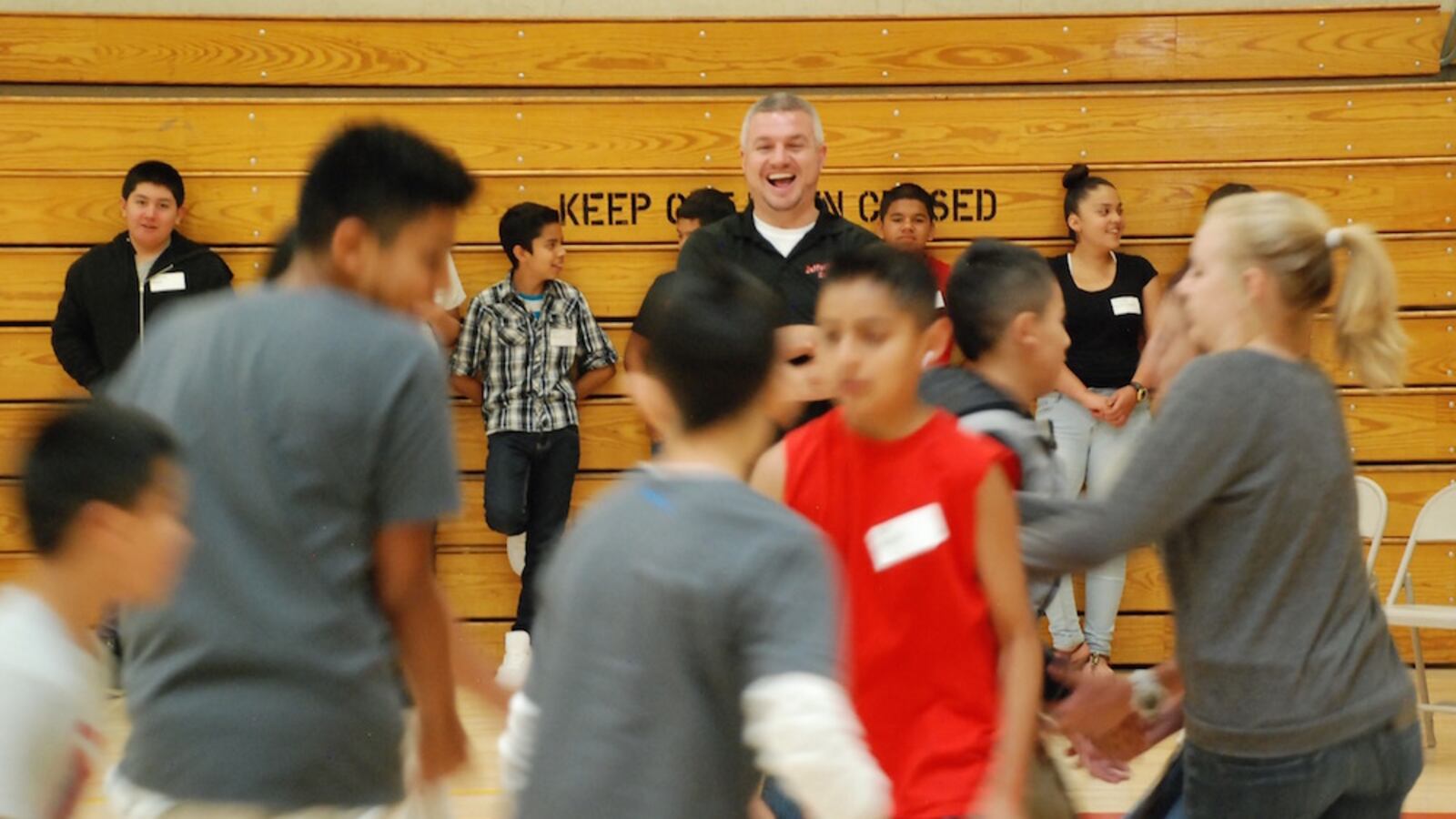School funding is the perennial school policy debate in Colorado.
During elections and legislative sessions, year in and year out, the state grapples with decisions over how much money schools need and what they actually get.
This year, lawmakers staved off growing the state’s education funding shortfall, known as the negative factor. It’s currently sitting at about $831 million — meaning that’s how much more money schools are owed but aren’t given because the state doesn’t have the revenue.
But those same lawmakers failed to find a compromise on charter school funding. Despite bipartisan support in the state Senate, the General Assembly failed to pass a law that would have required local school districts to share local tax increases, known as mill levy overrides, with their charter schools. Now, one of the bill’s sponsors has pledged to bring the issue up again.
After the session, advocates for more school funding went to work on a ballot question that would have sent more money to public schools. But their hearts were broken when the Colorado Priorities campaign — which also would have funded roads, health care and other services — came to a sudden halt.
In response, a coalition led by Great Education Colorado, a nonprofit that advocates for school funding, sent a letter to lawmakers and Gov. John Hickenlooper, a Democrat, asking they come up with a funding solution in January.
The nonprofit also began gathering members of the education community and others to discuss a potential ballot initiative in 2018.
Meanwhile, school districts across the state asked voters for a record number of local tax increases to fund programs like teacher training and to build new schools. About two-thirds of those requests passed, including those in Denver, Aurora and Mapleton. Voters in Jefferson County, however, rejected their district’s request. That meant upgrades at one high school that serves mostly Latino students is being put on pause — again.
Some in the education community worry that local school districts relying on mill overrides to make up for the state’s funding shortfall is causing greater inequities across school districts. Some districts, like those in Greeley and Pueblo, have never passed a local tax increase.
One other potential driver in funding inequity Chalkbeat looked at in 2016: school fundraisers. Fundraising at individual schools has always been uneven, depending on the socioeconomic status of each school’s population. But observers believe it’s gotten worse in recent years as cuts have forced more expenses onto the shoulders of Colorado parents.
Next year’s funding debate is already underway. Hickenlooper’s proposed budget called for a slight increase in school funding, but it’s not nearly enough to keep up with what’s required by the state law and the Constitution. That means the school funding shortfall will likely increase.
But whether schools actually get more money next year was in doubt after a December forecast projected the state would need to make more cuts than Hickenlooper’s original budget anticipated.

